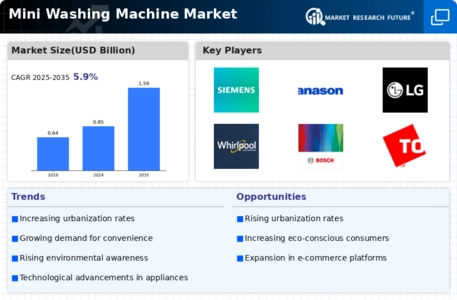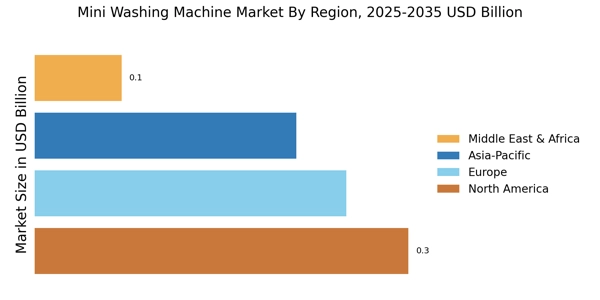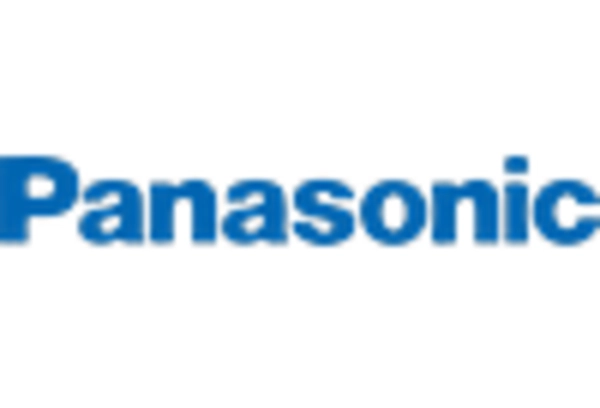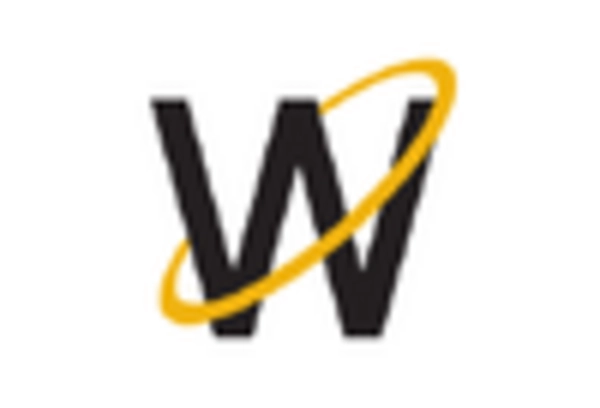Leading market players are investing hugely in research and development in order to expand their product lines, which will help the Mini Washing Machine Market grow even more. Market players are also undertaking a variety of strategic activities to spread their footprint, with important market developments including contractual agreements, new product launches, mergers and acquisitions, higher investments, and collaboration with other organizations. To spread and survive in a more competitive and rising market climate, the Mini Washing Machine industry must offer cost-effective items.
Manufacturing locally to reduce the operational costs is one of the key business tactics used by the manufacturers in the Mini Washing Machine industry to benefit the clients and increase the market sector growth. In recent years, the Mini Washing Machine industry has offered some of the most significant advantages to the home appliance industry. Major players in the Mini Washing Machine Market, including Sanyo, Siemens, Panasonic, LG, Whirlpool, Bosch, Toshiba, Samsung Electronics, Haier, Electrolux, Royalstar, TCL, Qingdao Smad Electric, Sanyo, LittleSwan, and others, are trying to increase market demand by investing in the research and development operations.
Samsung Electronics Co Ltd., commonly known as Samsung, is one of the world’s largest and most well-known multinational technology companies. Headquartered in Suwon, South Korea, Samsung Electronics is a subsidiary of the larger Samsung Group conglomerate. The company is involved in a wide range of businesses, but it is best known for its leadership in consumer electronics, semiconductor manufacturing and mobile technology. In February 2023, Samsung Electronics announced the launch of its new Eco Bubble mini washing machine.
The new washing machine uses Eco Bubble Technology to create bubbles that penetrate clothes more deeply and effectively, which results in a cleaner wash with less energy and water consumption.
Haier Group Corporation, commonly known as Haier, is a multinational conglomerate based in Qingdao, China. It is one of the world’s leading manufacturers of household appliances and consumer electronics. Founded in 1984, Haier has grown rapidly and has become a household name known for its wide range of products and the innovative technologies. Haier manufactures a diverse range of products, including refrigerators, washing machines, televisions and more. The company is committed to innovation and has a history of introducing groundbreaking technologies in the home appliance industry. In March 2023, Haier announced the launch of its new Smart mini washing machine.
The new washing machine can be controlled remotely using a smartphone app. The application allows users to start and stop the wash cycle, check the status of the wash cycle, and receive notifications when the wash cycle is complete.


















Leave a Comment